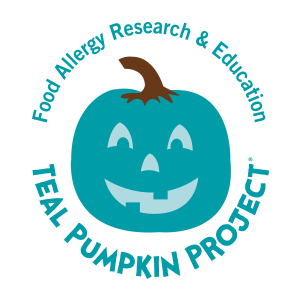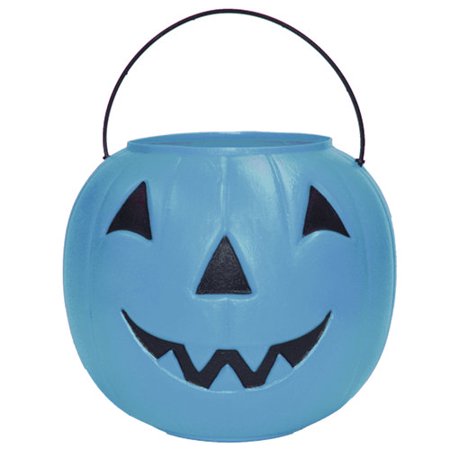
Across New Hampshire, leaf raking is in full swing, the Halloween decorations are out and in two weeks, costumed kids will take to neighborhoods all across the 603 in search of treats.
As you celebrate the season, I wanted to let you know about efforts that are taking place across the country and in some of our communities to build an understanding and awareness for young people with disabilities.
In the past there has been a campaign to use teal plastic pumpkins when handing out Halloween treats. One bowl is for the regular treats and then the teal pumpkins are typically filled with non-food items like small party toys or pencils for those children who have food allergies. Kids with allergies know to go to the teal pumpkins. It’s a great way to include those who may have severe and sometimes life-threatening reactions to the typical candies and treats that are given out. The kids still get to experience trick-or-treating but now they are safe. (More here on the Teal Pumpkin Project®),
This fall, there is an additional Halloween effort to include blue plastic pumpkins as an indication that the child carrying such a pumpkin has autism. If you see someone with a blue plastic pumpkin come to your house, you could then use modified behavior in addressing that child. Perhaps you’d understand why the child didn’t answer your questions, or why she didn’t look you in the eye (they may be non-verbal). You might even be more understanding if the child didn’t or was unable to say “trick-or-tweet” but instead just held out her blue pumpkin for a treat. If you had some kind of spooky sound system or light show you might even turn it down or off until the child was well past your house. The blue pumpkin would be a signal for you to perhaps modify your behavior to be more accepting.

On social media, I have seen posts from disability rights advocates alerting people to not challenge older kids accompanied by adults who might be trick-or-treating. Some of these children, according to the posts, are challenged and have a younger mindset that might match the age of regular trick-or-treaters.
It is so inspiring that people are thinking of ways to respectfully include those who have disabilities in more and more activities. I’m even seeing a demand for “sensitive Santas” who have been trained in how to work with children who have disabilities. After all, all kids want to have fun on Halloween and at all holidays.
Colors have a new significance when it comes to health issues. At a recent NAMI-NH (National Alliance for Mental Illness) walk, the color was lime green. Now when I see a lime green pin or ribbon, I understand that they are a supporter of mental health issues. An orange ribbon means that someone is a survivor of gun violence, a pink ribbon – someone who has had breast cancer or who supports efforts to cure breast cancer.
In my view, this doesn’t mean that we should be labeled by our disabilities, but I think using color identifiers helps others to be just a little bit more understanding and aware.
In our busy society where we often spend too much time looking at our phones or being constantly on the run, getting a message like this is important. It’s a reminder of how we should act, of how we’re supposed to be acting toward everyone – with compassion and understanding.
We are coming up on the holiday season. It’s an exciting and fun time for many, but there will be some who will be overwhelmed by the activities; there will be some who will need some extra reassurance and assistance. While I love the idea of color-coding as a way to alert people and I hope it continues, why don’t we all simply try to enter the holiday season this year with compassion and goodwill toward all?
 As The New Hampshire Challenge’s Executive Director, Wendy has been involved in disability advocacy for years after some of her children needed Special Education Assistance in the public schools.
As The New Hampshire Challenge’s Executive Director, Wendy has been involved in disability advocacy for years after some of her children needed Special Education Assistance in the public schools.
After having advocacy training through the Parent Information Center (PIC), Wendy served as a volunteer Special Education Advocate for many families in Southern New Hampshire. She is proud to serve as Executive Director for The New Hampshire Challenge as she recognizes its value to disseminate important information for, and about, NH’s community of disability. Wendy is also a member of the NH House of Representatives, serving Hillsborough County District 21 and is a member of the Hillsborough County Executive Committee.







